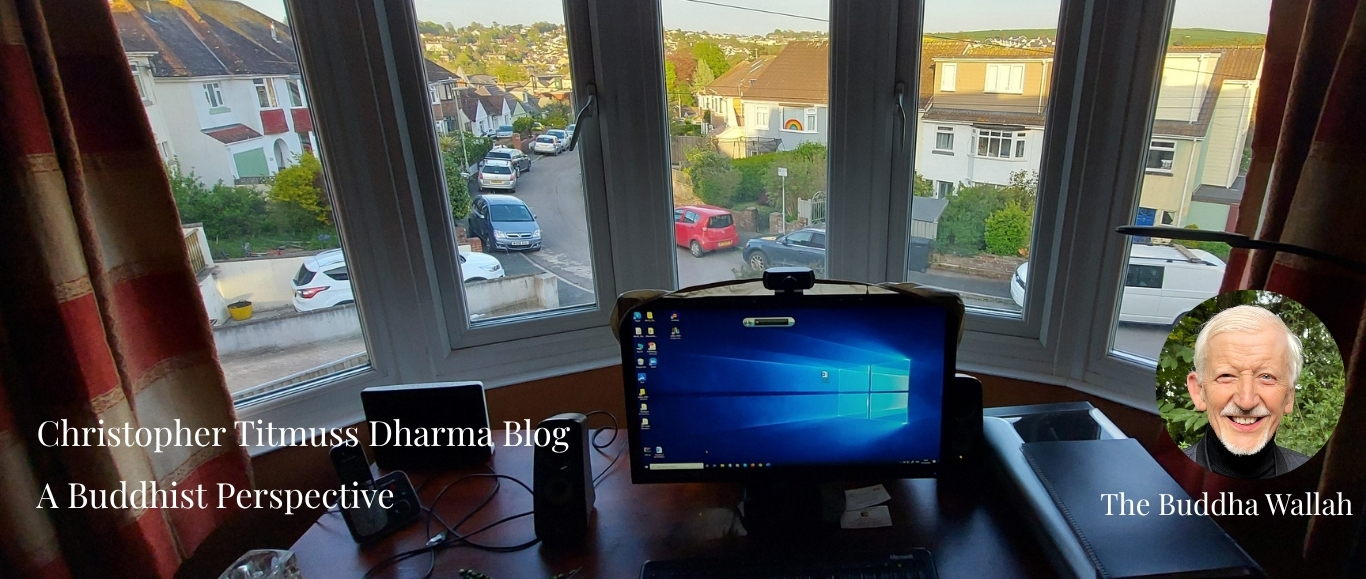Never overlook the significance of the Buddha’s magnificent Great Discourse on the Four Foundations of Mindfulness.
Every Mindfulness teacher and every Mindfulness practitioner can benefit from a careful and mindful reading of this discourse. The discourse has the potential to provide practitioners with an immense resource for clarity, inspiration and insight.
The discourse offers a masterpiece of general and detailed instructions for the practice and application of mindfulness as a direct way to an awakened life.
The sangha/networks/groups of practitioners will appreciate the way the teachings address a range of experiences.
East and West, religious and secular, mindfulness teachers offer approaches to mindfulness. These approaches include a mindful/religious way of life of practising. Buddhist monks and nuns adopt this approach while others prefer a prescribed secular version of mindfulness through weekly classes and/or weekend courses.
The Dharma (teachings/practices/application) adhere to neither a religious, nor secular/scientific viewpoint. Some practitioners have a preference towards a spiritual or non-spiritual applications or combination.
Directly or indirectly, everyone engaged in mindfulness practice has benefitted to a greater or lesser degree from this classic discourse of the Buddha offered 2600 years ago.
Numerous Buddhist scholars have translated this discourse including eminent Buddhist monks in Theravada Countries in the East and Buddhist scholars in the West, who have learnt Pali, the language of the Buddha.
A growing interest develops in the words of the Buddha on the wise application of the teachings and practices. The interest springs from an experiential viewpoint rather than academic.
An exploration of the primary discourses supports practice.
A Recommendation
I can strongly recommend the translation of Phra Dr. Vijjnand Mahapunno of Thailand.
Title of his book is Maha Satipatthana Sutta. The Great Discourse on the Four Foundations of Mindfulness.
Phra Vijjnand translated the sutta using Romanized Pali and English transcript.
The beauty of the A4 format of the book shows in the translation and in the layout. Vijjnand has placed the Pali sentence in the left hand column of each page facing the English translation in the right hand column. This means that a person can check out the meaning of any Pali word or phrase in the discourse. She or he can use a Pali dictionary to see meanings of Pali words. A single Pali word can cover a range of English words.
Go to https://suttacentral.net or google the Pali word in the text to find the range of meaning of words. See also Pali-English dictionary https://dsal.uchicago.edu/dictionaries/pali/
The discourse (sutta in Pali) of the Buddha starts in the classical manner without adherence to claims of Truth.
Evam me suttam……I have heard
The Buddha then goes into the details of the direct path (ekayano) to overcome suffering (dukkha). The practitioner applies mindfulness to the body (kaya), including breath (anapana), feeling tones (vedana), state of mind (citta) and the full range of objects (dhamma).
In the sitting posture, the Buddha said
Ujum kayam panidhaya – holding his body erect
Parimukham satim upatthapetva – and setting mindfulness to the fore (forefront)
He then goes onto say that all four applications apply internally and externally.
The author and I have been friends since my ordination as a Buddhist monk in Wat Chai Na, Nakornsridhammaraj in southern Thailand. Vijjnanand shaved my head for my ordination as a monk. We have kept in touch with each other for the past 50 years.
If you have questions about the content in the discourse, do ask your teacher, East or West.
Further information
Maha Satipathhana Sutta.
Sub-title. The Great Discourse on the Four Foundations of Mindfulness
(in Pali and English transation)
Published June 2016
ISBN 978-616-382-618-3
Design, Layout and Printed By
KepMedia International Pte Ltd
39 Ubi Road 1 04-00
Singapore 408695
Email. leeshin@kepmedia.com.sg
https://books.google.co.uk/books/about/Maha_Satipatthana_Sutta.html?id=Znr7vQEACAAJ&redir_esc=y
The book does not seem to be available on online book sites.
For further info contact Venerable Vijjnand noblemagga@hotmail.com
May all beings live mindful lives
May all beings live with wisdom
May all beings live an awakened life
PS. See also Buddha Study Guide by Christopher Titmuss
https://www.insightmeditation.org/copy-of-buddha-study-guide-2



Thank you for summarizing and bringing interest to this book.